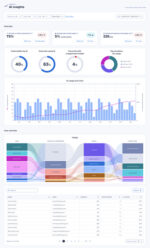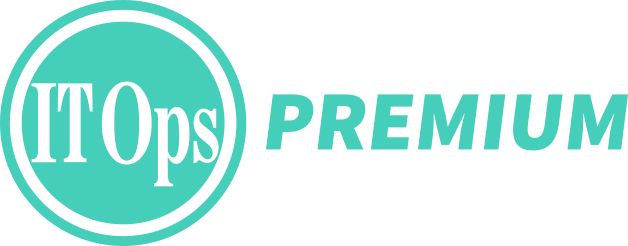
Integrating AI into your workflows inherently creates risk, but it can also be the key to managing risk.
No one understands the art of risk mitigation better than site reliability engineers, or SREs. From incident management to operational toil, SRE teams are built to handle the unpredictable. Now, with AI stepping into the picture, those same teams have a chance to go from resilient to future-proof.
But integrating AI isn’t just about plugging in new tools. It’s about transforming how we work, think and respond. Whether an organization has an embedded SRE team, a centralized model or no formal SRE function at all, AI can help teams move faster, reduce burnout and stay ahead of incidents.
Here’s how it’s showing up across different models and how to get started the right way.
Embedded SREs: Automating the Everyday (and the Exhausting)
In embedded environments where SREs work closely with service-owning development teams, AI can make a direct impact on day-to-day pain points.
Take toil, for example. Every team deals with repetitive, yet necessary, tasks such as dependency management and vulnerability patching. It’s important work, but it’s rarely the most engaging or strategic.
AI has proven to be a game-changer here. By auto-generating updates and fixes, engineers can simply review and approve changes instead of doing the manual work themselves. It’s not only about speed, but about freeing up cognitive load and reducing distractions.
The benefits don’t stop at code, either. AI-driven diagnostics are helping teams shift from reactive firefighting to proactive reliability. Instead of waiting for an error rate to cross a threshold, AI can surface anomalies before they cause failure, helping teams act early rather than late.
Centralized SREs: Making Sense of the Noise
AI plays a different, but equally powerful, role in a centralized SRE model. SRE teams are often responsible for reliability across multiple services and platforms, which means they’re often drowning in event and observability data.
This is where AI can shine by analyzing massive volumes of repetitive, structured data to detect patterns humans would miss. It can help identify root causes, surface trends and automate detection in ways that simply weren’t possible before.
But AI isn’t a silver bullet. It sometimes struggles with the unexpected, including the one-off anomalies or novel incidents that don’t follow a clear pattern. For this reason, human expertise still plays a vital role. The goal isn’t to replace engineers, but to elevate them by letting machines do the heavy lifting while people make the hard calls.
No SRE Function? AI Still Has Your Back
Not every company has a dedicated SRE team. Some companies rely on engineers to wear multiple hats where they may be building features one day, and resolving incidents the next.
In these cases, AI can help democratize reliability. By guiding engineers through incident remediation, automating repetitive operations work and surfacing best practices, AI acts as a virtual SRE offering structure and resilience even without a formal function.
AI isn’t just for elite teams. It’s a way to help any engineer work smarter, regardless of their title.
Don’t Chase AI, Chase the Bottlenecks
IT leaders thinking of integrating AI into their reliability stack shouldn’t start with the hype. Instead, focus on the bottlenecks.
By evaluating their value stream, leaders should determine where things are breaking down, and which processes are slow, manual or error-prone. These pain points are where AI can drive the most value. AI application doesn’t have to mean cutting-edge machine learning or LLMs. It could be as simple as using intelligent automation to eliminate repetitive tasks.
Some teams may find their biggest slowdown isn’t in code writing, but in testing or release engineering. Instead of optimizing only coding speed, a focus should be placed on modernizing the slowest phase in the software development life cycle between ideas to code running in production. The result? Better velocity, fewer delays and a smoother path to production.
AI is a Platform Productivity Multiplier
SREs are experts at learning from failure and building platforms for teams that bend without breaking. AI can help them do that faster, smarter, and with less burnout. Whether it’s acting as a scribe during incidents, automating diagnostics, or analyzing patterns at scale, AI is becoming the productivity multiplier every team could use.
Just remember: success with AI doesn’t come from throwing it at everything. It comes from applying it where it makes people better and systems stronger.







